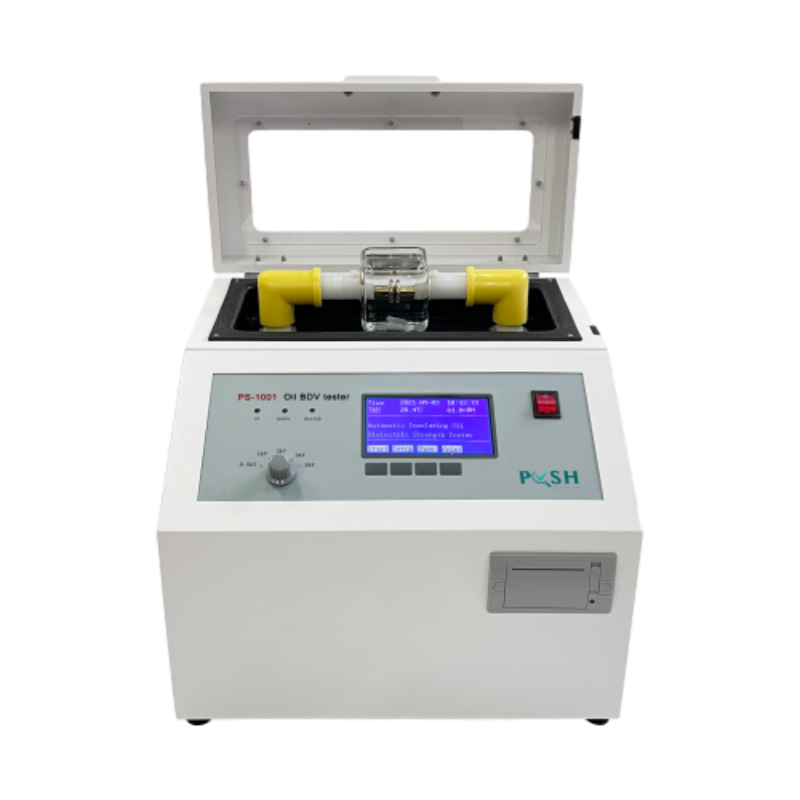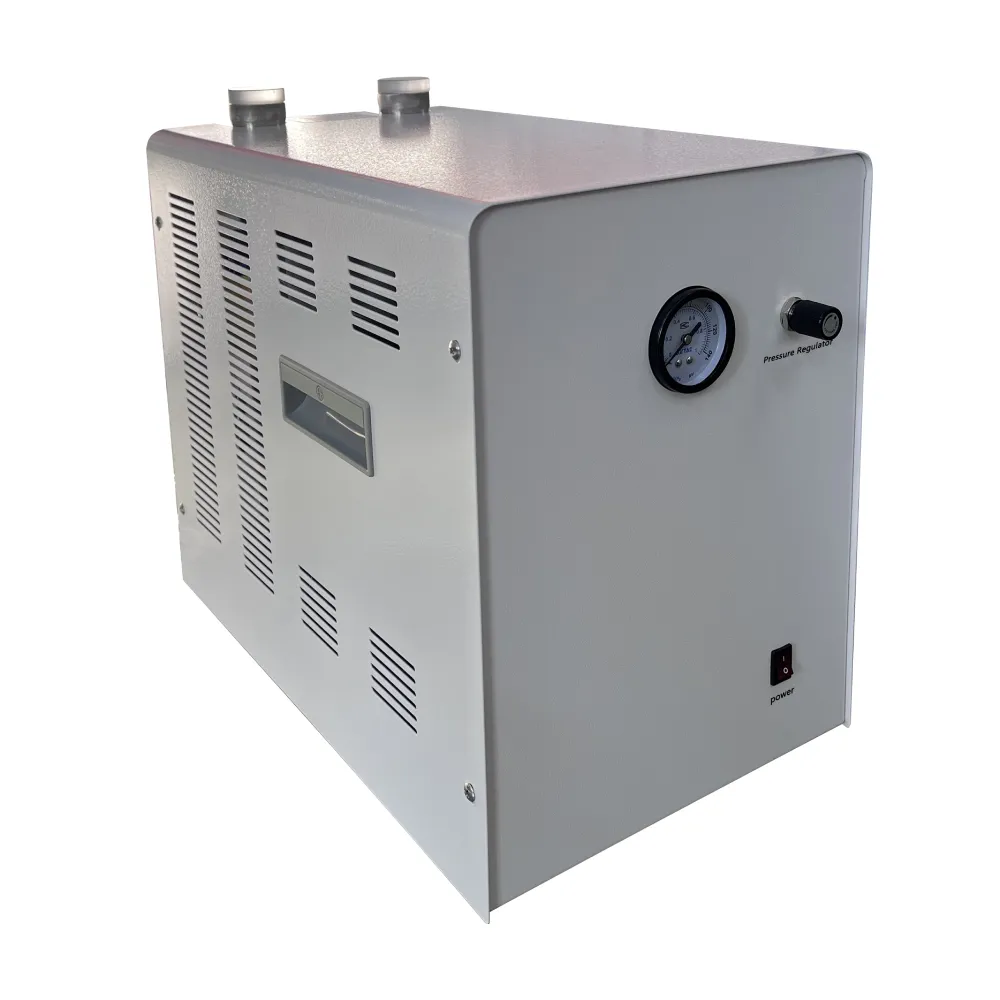TEL:
+86-0312-3189593
 English
English

Telephone:0312-3189593

Email:sales@oil-tester.com

-
 Afrikaans
Afrikaans -
 Albanian
Albanian -
 Amharic
Amharic -
 Arabic
Arabic -
 Armenian
Armenian -
 Azerbaijani
Azerbaijani -
 Basque
Basque -
 Belarusian
Belarusian -
 Bengali
Bengali -
 Bosnian
Bosnian -
 Bulgarian
Bulgarian -
 Catalan
Catalan -
 Cebuano
Cebuano -
 China
China -
 China (Taiwan)
China (Taiwan) -
 Corsican
Corsican -
 Croatian
Croatian -
 Czech
Czech -
 Danish
Danish -
 Dutch
Dutch -
 English
English -
 Esperanto
Esperanto -
 Estonian
Estonian -
 Finnish
Finnish -
 French
French -
 Frisian
Frisian -
 Galician
Galician -
 Georgian
Georgian -
 German
German -
 Greek
Greek -
 Gujarati
Gujarati -
 Haitian Creole
Haitian Creole -
 hausa
hausa -
 hawaiian
hawaiian -
 Hebrew
Hebrew -
 Hindi
Hindi -
 Miao
Miao -
 Hungarian
Hungarian -
 Icelandic
Icelandic -
 igbo
igbo -
 Indonesian
Indonesian -
 irish
irish -
 Italian
Italian -
 Japanese
Japanese -
 Javanese
Javanese -
 Kannada
Kannada -
 kazakh
kazakh -
 Khmer
Khmer -
 Rwandese
Rwandese -
 Korean
Korean -
 Kurdish
Kurdish -
 Kyrgyz
Kyrgyz -
 Lao
Lao -
 Latin
Latin -
 Latvian
Latvian -
 Lithuanian
Lithuanian -
 Luxembourgish
Luxembourgish -
 Macedonian
Macedonian -
 Malgashi
Malgashi -
 Malay
Malay -
 Malayalam
Malayalam -
 Maltese
Maltese -
 Maori
Maori -
 Marathi
Marathi -
 Mongolian
Mongolian -
 Myanmar
Myanmar -
 Nepali
Nepali -
 Norwegian
Norwegian -
 Norwegian
Norwegian -
 Occitan
Occitan -
 Pashto
Pashto -
 Persian
Persian -
 Polish
Polish -
 Portuguese
Portuguese -
 Punjabi
Punjabi -
 Romanian
Romanian -
 Russian
Russian -
 Samoan
Samoan -
 Scottish Gaelic
Scottish Gaelic -
 Serbian
Serbian -
 Sesotho
Sesotho -
 Shona
Shona -
 Sindhi
Sindhi -
 Sinhala
Sinhala -
 Slovak
Slovak -
 Slovenian
Slovenian -
 Somali
Somali -
 Spanish
Spanish -
 Sundanese
Sundanese -
 Swahili
Swahili -
 Swedish
Swedish -
 Tagalog
Tagalog -
 Tajik
Tajik -
 Tamil
Tamil -
 Tatar
Tatar -
 Telugu
Telugu -
 Thai
Thai -
 Turkish
Turkish -
 Turkmen
Turkmen -
 Ukrainian
Ukrainian -
 Urdu
Urdu -
 Uighur
Uighur -
 Uzbek
Uzbek -
 Vietnamese
Vietnamese -
 Welsh
Welsh -
 Bantu
Bantu -
 Yiddish
Yiddish -
 Yoruba
Yoruba -
 Zulu
Zulu
Fev . 15, 2025 02:54
Back to list
transformer dc winding resistance tester
Understanding the intricacies of transformer primary winding resistance is essential for anyone working with or purchasing transformers. The primary winding resistance plays a pivotal role in the efficiency and performance of a transformer, impacting its operation and longevity. By delving into this subject, users gain insights that support informed decisions when selecting the right transformer for their needs, ensuring optimal functionality and reducing potential issues.
In scenarios where high precision and reliability are necessary, low-resistance windings are preferred. These are typically engineered using thicker gauge wires or improved materials to reduce resistance without increasing size disproportionately. Such solutions, while often costlier, deliver superior efficiency, reduced copper losses, and improved overall reliability, thereby justifying the investment in critical applications such as medical equipment and data centers. For prospective buyers and engineers, selecting a transformer with appropriate primary winding resistance involves more than just perusing data sheets. Engaging with manufacturers or technical experts can provide insights into advanced materials and designs that offer perfect harmony between performance and cost-effectiveness. Many manufacturers offer customization options, allowing clients to tailor design features to meet specific thermal behavior and efficiency requirements, thus ensuring that the transformer aligns with the operational demands. The value of practical, firsthand experience in understanding transformer primary winding resistance cannot be overstated. Engineers with extensive operational backgrounds can provide unmatched guidance in selecting, installing, and maintaining transformers. This expertise often includes monitoring techniques such as thermal imaging to detect abnormal heating patterns, suggesting timely preventive measures before issues escalate. In conclusion, the primary winding resistance is integral to transformer design, impacting efficiency, performance, and longevity. A well-informed decision grounded in an understanding of resistance characteristics can not only optimize energy use but also enhance the durability and reliability of this critical electrical component. By aligning choices with operational demands and leveraging expert insights, users can ensure a seamless integration of the transformer into their specific applications, achieving unparalleled performance and dependability.


In scenarios where high precision and reliability are necessary, low-resistance windings are preferred. These are typically engineered using thicker gauge wires or improved materials to reduce resistance without increasing size disproportionately. Such solutions, while often costlier, deliver superior efficiency, reduced copper losses, and improved overall reliability, thereby justifying the investment in critical applications such as medical equipment and data centers. For prospective buyers and engineers, selecting a transformer with appropriate primary winding resistance involves more than just perusing data sheets. Engaging with manufacturers or technical experts can provide insights into advanced materials and designs that offer perfect harmony between performance and cost-effectiveness. Many manufacturers offer customization options, allowing clients to tailor design features to meet specific thermal behavior and efficiency requirements, thus ensuring that the transformer aligns with the operational demands. The value of practical, firsthand experience in understanding transformer primary winding resistance cannot be overstated. Engineers with extensive operational backgrounds can provide unmatched guidance in selecting, installing, and maintaining transformers. This expertise often includes monitoring techniques such as thermal imaging to detect abnormal heating patterns, suggesting timely preventive measures before issues escalate. In conclusion, the primary winding resistance is integral to transformer design, impacting efficiency, performance, and longevity. A well-informed decision grounded in an understanding of resistance characteristics can not only optimize energy use but also enhance the durability and reliability of this critical electrical component. By aligning choices with operational demands and leveraging expert insights, users can ensure a seamless integration of the transformer into their specific applications, achieving unparalleled performance and dependability.
Previous:
Latest news
-
Testing Equipment Industry Sees Major Advancements in 2025: Smart & Precision Technologies Lead the WayNewsJun.06,2025
-
Applications of Direct Current Generators in Renewable Energy SystemsNewsJun.05,2025
-
Hipot Tester Calibration and Accuracy GuidelinesNewsJun.05,2025
-
Digital Circuit Breaker Analyzer Features and BenefitsNewsJun.05,2025
-
Benefits of Real-Time Power Quality Monitoring Devices for Industrial EfficiencyNewsJun.05,2025
-
Earth Fault Loop Testing in High-Rise Building Electrical SystemsNewsJun.05,2025



